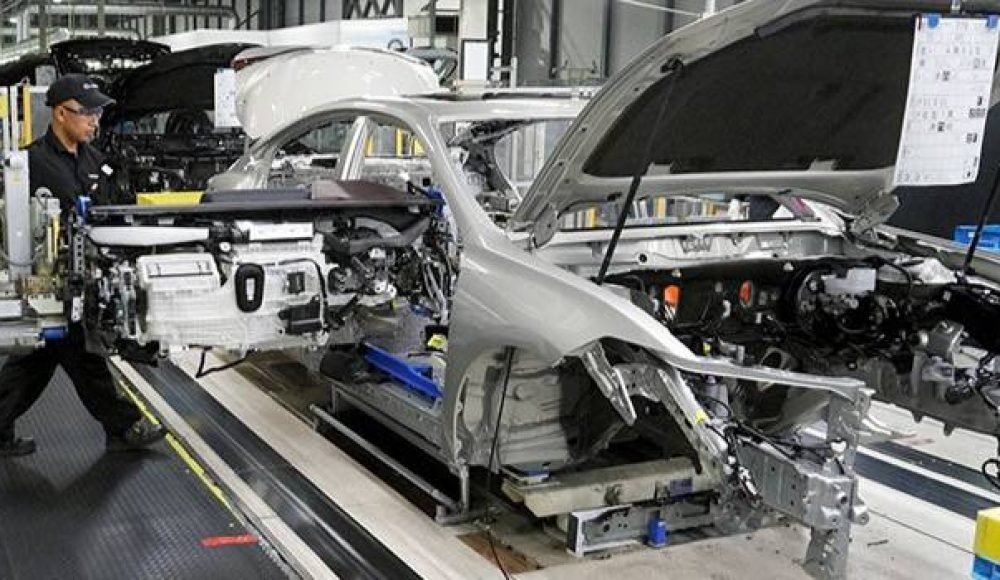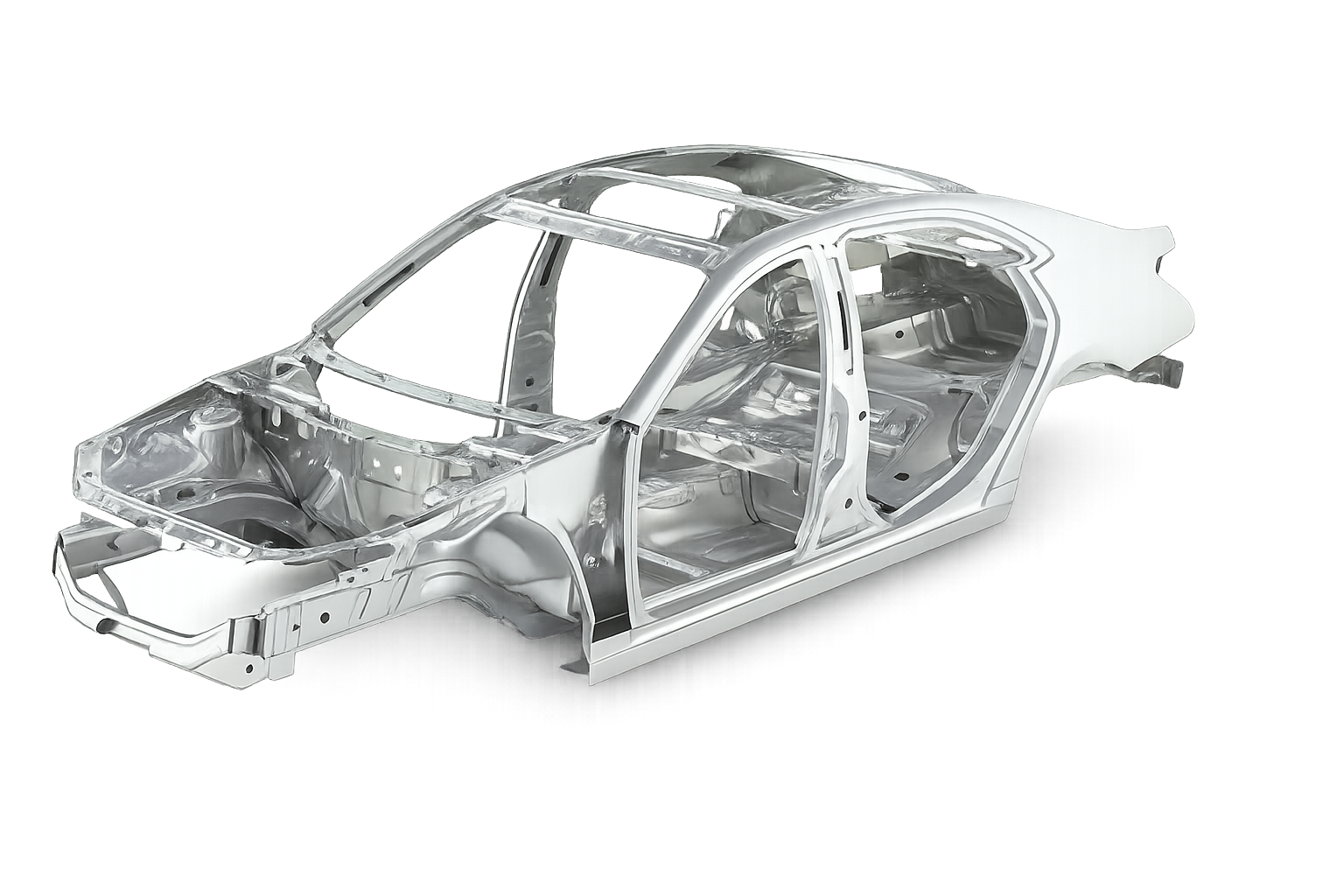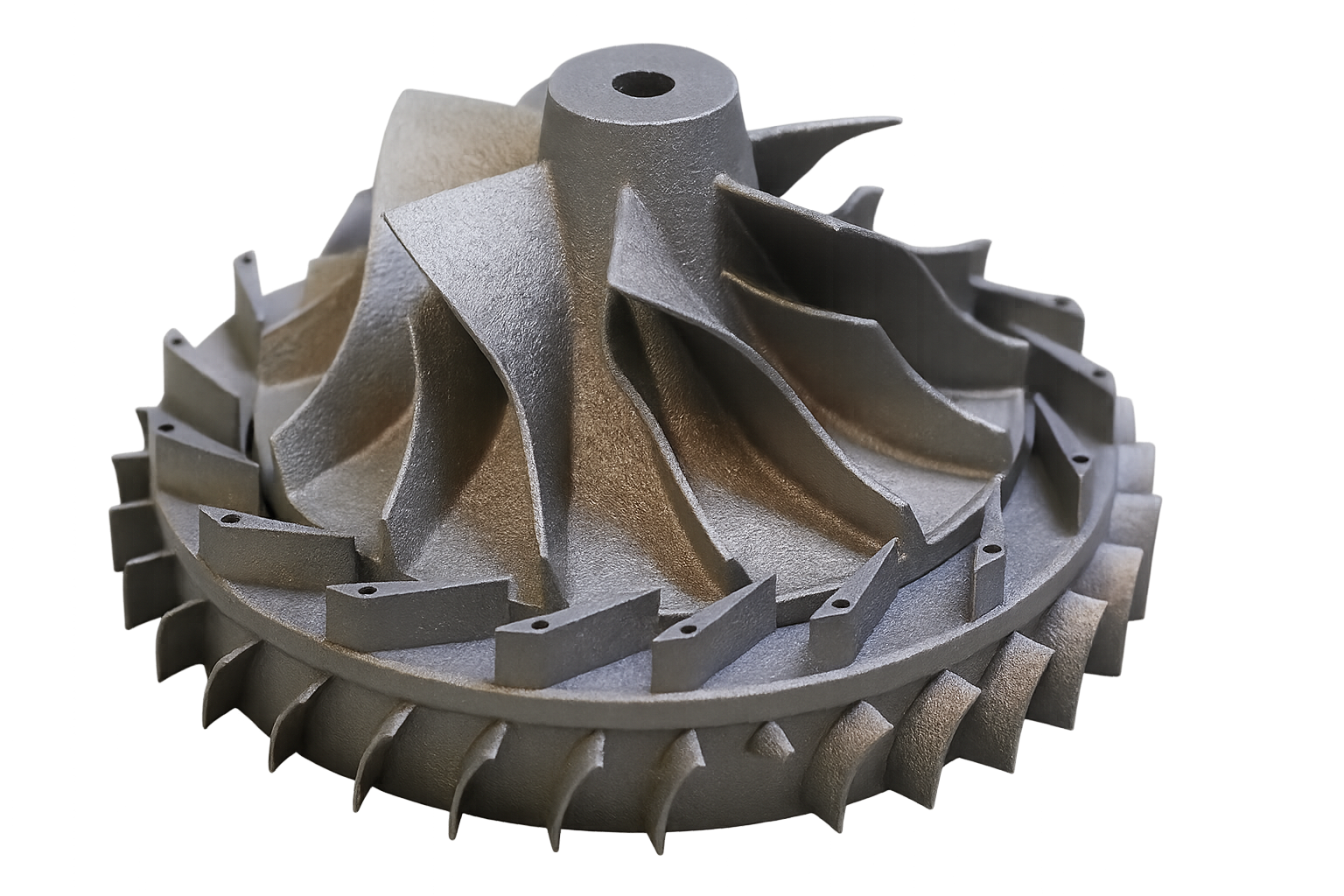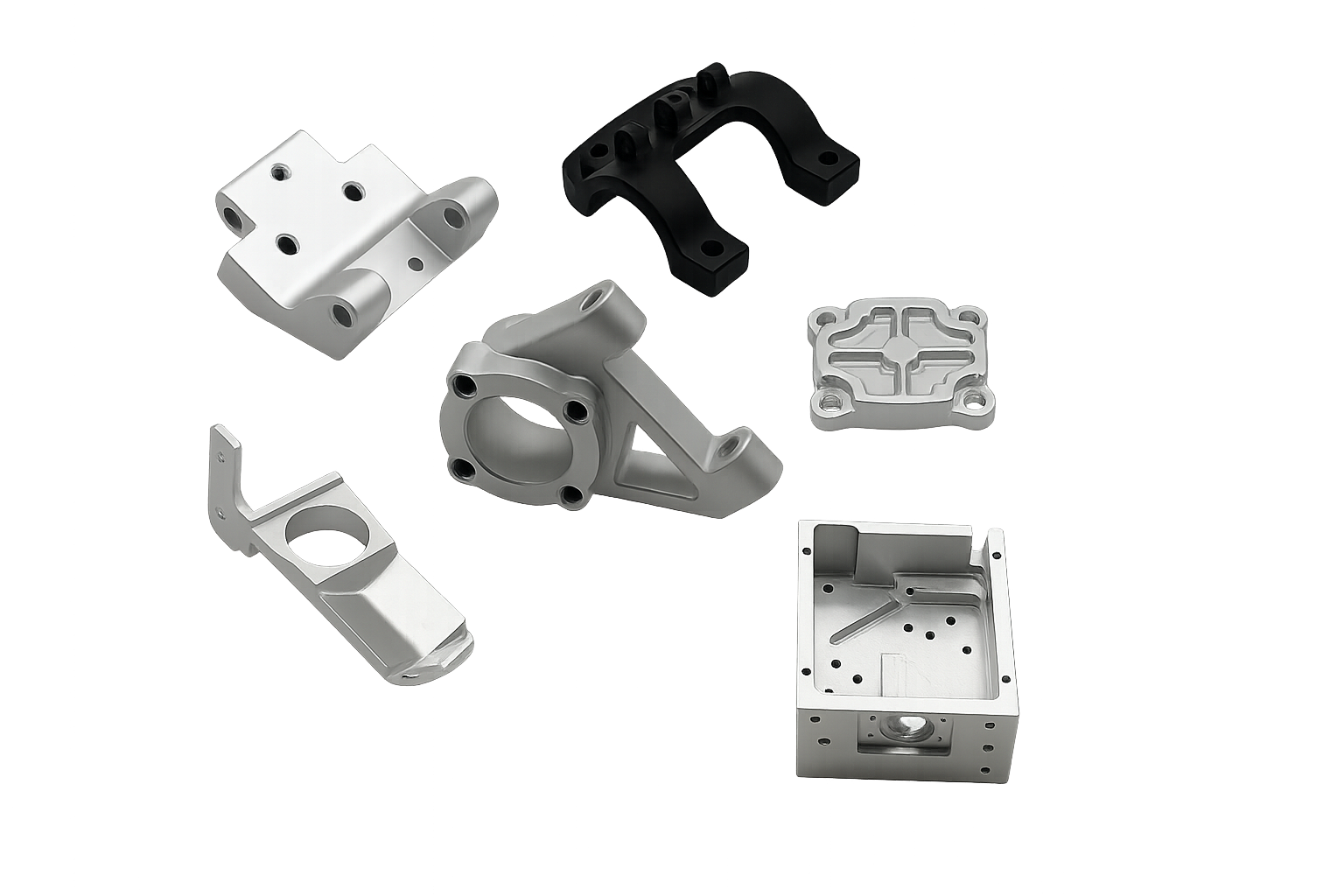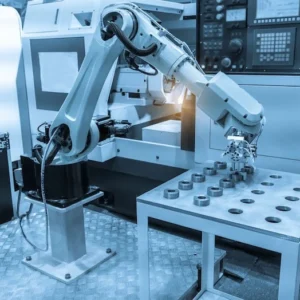自動車業界で, メーカーは常に軽いものを求めています, より強い, and more environmentally friendly materials. アルミニウム has emerged as a superior alternative to steel due to its exceptional combination of lightweight characteristics, 耐久性, 耐食性, および費用対効果. 今日, aluminum car parts are found extensively across automotive manufacturing—from engines and chassis components to wheels and radiators.
This comprehensive guide dives deep into the world of aluminum automotive parts, covering essential properties, manufacturing methods, 利点, common alloys, and current trends. Let’s explore why aluminum remains a standout choice for automotive engineers worldwide.
Essential Properties Making Aluminum Ideal for Automotive Manufacturing
1.1 High Strength and Flexibility
Aluminum alloys offer exceptional strength combined with flexibility. Unlike traditional steel, aluminum retains toughness even at extremely low temperatures, making it an ideal material for producing automotive components that can withstand impact without cracking or deforming.
1.2 Excellent Malleability
Aluminum can be easily shaped into complex geometries using processes such as casting, 押し出し, and stamping. Its malleability allows manufacturers to create intricate designs, reducing the need for multiple assembly processes and enhancing design flexibility in components like vehicle frames and body panels.
1.3 Superior Conductivity
Known for its excellent thermal and electrical conductivity, aluminum is perfect for heat-sensitive automotive applications. Aluminum radiators and heat exchangers, 例えば, dissipate heat more efficiently, keeping engine components cooler and enhancing overall vehicle performance.
1.4 Resistance to Vibration
Aluminum’s vibration-dampening capabilities reduce noise and vibrations within the vehicle. These properties are especially beneficial in suspension systems, engine bays, and body structures, enhancing passenger comfort and component lifespan.
1.5 Low-Density and Lightweight
Aluminum has a density approximately one-third that of steel. This low-density characteristic significantly reduces vehicle weight, leading to better fuel efficiency, improved vehicle handling, acceleration, braking performance, and overall environmental benefits.
1.6 Corrosion Resistance and Recyclability
Aluminum naturally forms an oxide layer upon exposure to air, providing excellent corrosion resistance. さらに, aluminum is infinitely recyclable without losing quality, significantly reducing environmental impact and manufacturing costs.
1.7 費用対効果
Although aluminum initially has higher raw material costs, its ease of machining, recyclability, reduced fuel usage, and improved longevity contribute to long-term cost savings. Technological advancements also continue to decrease production costs, making aluminum increasingly accessible for mass automotive manufacturing.
Common Aluminum Car Parts Manufacturing Processes
Automotive manufacturers employ various advanced processes to produce aluminum parts, each with distinct advantages depending on specific requirements.
2.1 3D Printing Aluminum Car Parts
Additive manufacturing, or 3D printing, involves building parts layer by layer from powdered aluminum, melted and fused using precise laser or electron beam technologies. It’s ideal for rapid prototyping, 複雑なジオメトリ, and custom, small-batch manufacturing.
2.2 CNC Machining Aluminum Car Parts
CNC (コンピュータ数値制御) machining utilizes automated machine tools guided by digital programming to precisely cut and shape aluminum into intricate automotive components. CNC machining provides exceptional accuracy, 再現性, and high-quality surface finishes, ideal for critical automotive components such as cylinder heads, suspension arms, と車輪.
2.3 Die Casting Aluminum Car Parts
Die casting involves injecting molten aluminum into high-pressure molds, creating highly detailed parts quickly and efficiently. Die casting is ideal for mass production of engine blocks, トランスミッションハウジング, 括弧, and structural elements due to its precision, 生産性の高い, および費用対効果.
Advantages of Aluminum Car Parts
3.1 Exceptional Longevity
Aluminum’s inherent corrosion resistance extends component life, reducing rust-related repairs and replacements, especially beneficial for vehicles in harsh climates or off-road conditions.
3.2 Enhanced Vehicle Safety
Aluminum parts provide superior energy absorption during collisions, enhancing safety for occupants. Aluminum absorbs twice as much collision energy compared to steel of similar strength, reducing injury risks during accidents.
3.3 Improved Vehicle Performance
Lighter aluminum parts improve vehicle dynamics significantly, resulting in better acceleration, braking, handling, and fuel economy. These performance enhancements are increasingly critical in modern automotive design.
3.4 Increased Fuel Efficiency
Due to aluminum’s low density, vehicles incorporating aluminum components weigh substantially less, directly translating into improved fuel efficiency. Manufacturers frequently utilize aluminum for components like body frames and wheels specifically to enhance mileage.
3.5 Reduced Environmental Impact
Reduced vehicle weight also leads to decreased emissions, making aluminum an essential choice for manufacturers aiming to meet stringent global environmental regulations and sustainability goals.
3.6 Flawless Functionality
Advances in aluminum machining and forming technologies have greatly improved part precision, reducing assembly complexity, ensuring durability, and enabling tighter tolerances and improved functionality in aluminum automotive components.
Common Aluminum Alloys Used in Vehicle Parts
Automotive manufacturers select specific aluminum alloys based on required strength, 耐食性, と作業性:
1100 シリーズ: 優れた耐食性, ideal for decorative trim.
2024 シリーズ: 高い強度重量比, used in structural and aerospace-inspired auto components.
3003, 3004, 3105 シリーズ: Formable, corrosion-resistant alloys for heat exchangers and automotive tubing.
4032: Used in pistons due to high heat resistance.
6016, 6022, 6061, 6181 シリーズ: Popular for vehicle panels, フレーム, シャーシ, and suspension components due to exceptional strength, weldability, 耐食性.
5005, 5251, 5052, 5182, 5083: Robust and corrosion-resistant, suitable for fuel tanks and structural panels.
7003, 7046: 非常に高い強度, used in safety-critical structural parts like crash rails.
Typical Aluminum Car Parts Applications
5.1 Body Panels
Automotive body panels made from aluminum provide excellent structural rigidity, 耐食性, and substantial weight savings compared to steel, enhancing aesthetics, 安全性, and fuel economy.
5.2 Radiators and Heat Exchangers
Aluminum radiators offer superior heat dissipation, 耐久性, and reduced weight. Compared to copper and brass, aluminum is both lighter and more environmentally sustainable.
5.3 Wheels
Aluminum wheels are corrosion-resistant, ライター, and offer better performance, 燃料効率, and reduced unsprung weight—directly translating to superior vehicle handling and ride comfort.
5.4 Chassis and Structural Components
Aluminum chassis structures and enclosures enhance rigidity, crashworthiness, and overall vehicle performance. They support critical components while significantly reducing vehicle mass.
Trends in Aluminum Car Manufacturing
6.1 Electric Vehicle Integration
With the rise of electric vehicles (EVs), aluminum usage has increased dramatically. Battery casings, lightweight frames, and suspension systems extend EV range and enhance efficiency and safety.
6.2 Advanced Manufacturing Technologies
Advancements in high-precision CNC machining, 添加剤の製造 (3D印刷), and advanced die-casting enable manufacturers to produce increasingly complex aluminum components efficiently, fueling growth in luxury and high-performance vehicles.
6.3 Increased Adoption in Critical Safety Components
Future automotive design trends show expanding aluminum use in critical components such as crumple zones, 構造フレーム, and battery housing, due to aluminum’s superior crash energy absorption and environmental benefits.
結論: トップス–精度, Your Expert in Aluminum Automotive Components
Aluminum’s unique blend of lightweight strength, 耐久性, and corrosion resistance has revolutionized the automotive industry. For manufacturers aiming to meet stringent performance, 効率, and sustainability demands, partnering with a trusted aluminum component manufacturer is critical.
Tops Precision offers precision CNC machining, advanced die casting, and high-quality additive manufacturing to produce premium aluminum car parts. Certified with ISO 9001, ISO 14001, およびISO 45001, our experienced team ensures top-notch quality and service for your automotive manufacturing needs.
Ready to optimize your automotive component performance? Contact our engineering experts at AT-Machining today and discover how we can enhance your vehicle manufacturing solutions.

